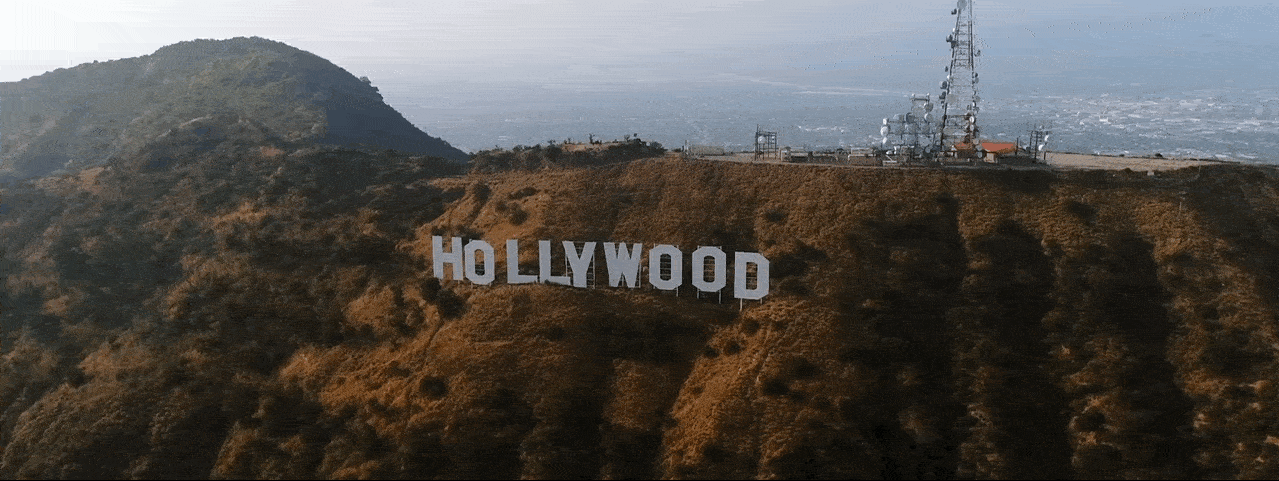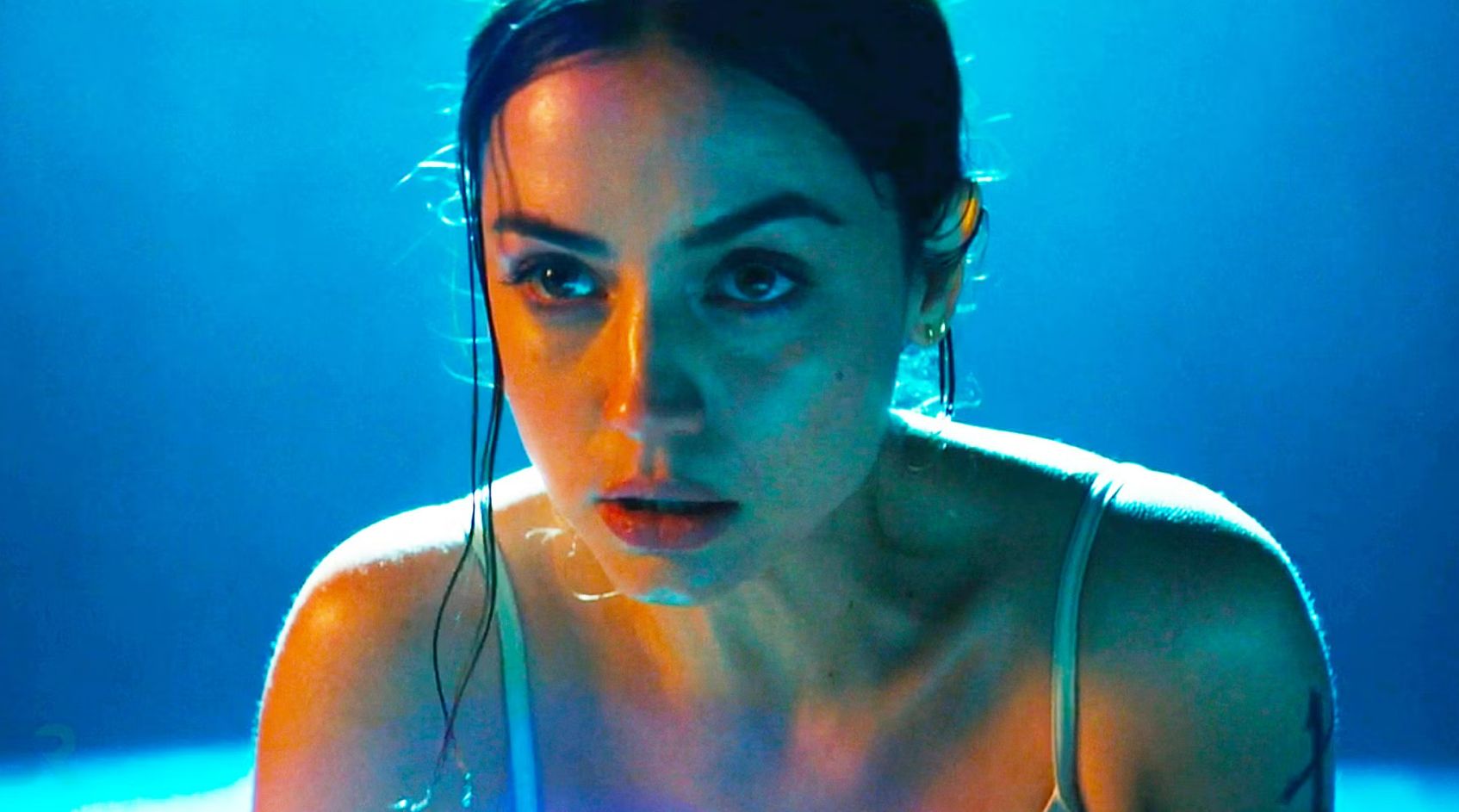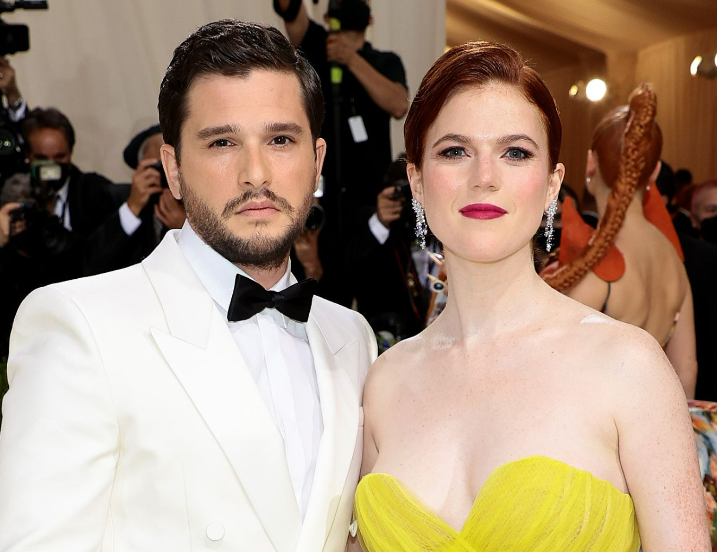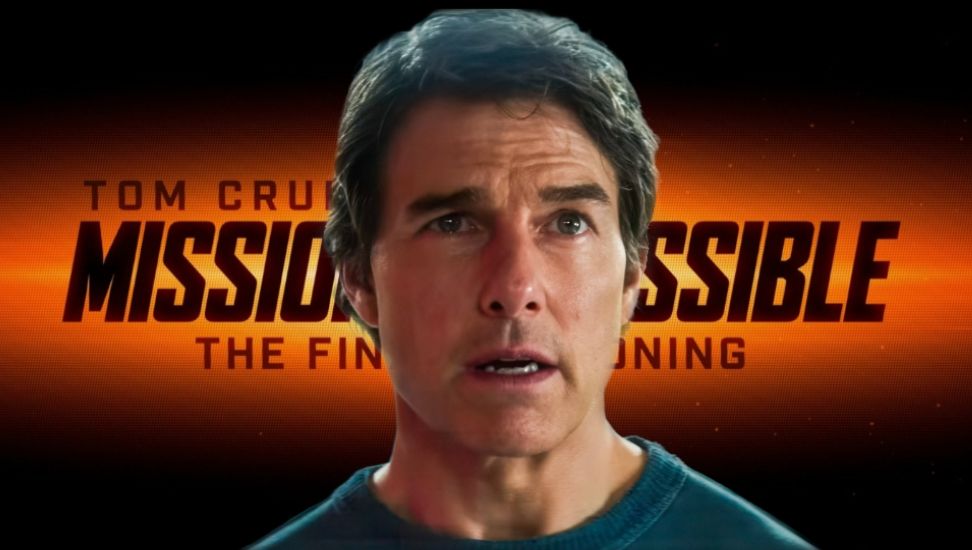Beyond Baba Yaga: How “Ballerina” Dances with John Wick’s Legacy While Carving Its Own Bloody Path
(Screenhollywood.com Exclusive Analysis) – Ballerina Leaps into the John Wick-Verse: Review – Can Ana de Armas Meet the Franchise’s Brutal Expectations?. Our Review. Stepping into the shadow of the Baba Yaga is no small feat. As a lifelong devotee of the John Wick franchise – a series that redefined action cinema with its balletic violence and intricate underworld lore – my anticipation for Ballerina was laced with trepidation. Could a spin-off, especially one landing after the operatic crescendo of Chapter 4, possibly satisfy an audience conditioned to expect perfection in every headshot and every whispered rule of the High Table? Having now witnessed Ana de Armas’ Roza whirl through the Prague underworld, the answer is a resounding, if complex, yes. Ballerina isn’t merely a carbon copy; it’s a passionate, brutal tango with the Wick legacy, delivering the kinetic action fans crave while introducing a compelling new rhythm and a star who owns the screen. Yet, it also stumbles slightly under the immense weight of expectation, particularly in weaving a narrative as tight as its fight choreography
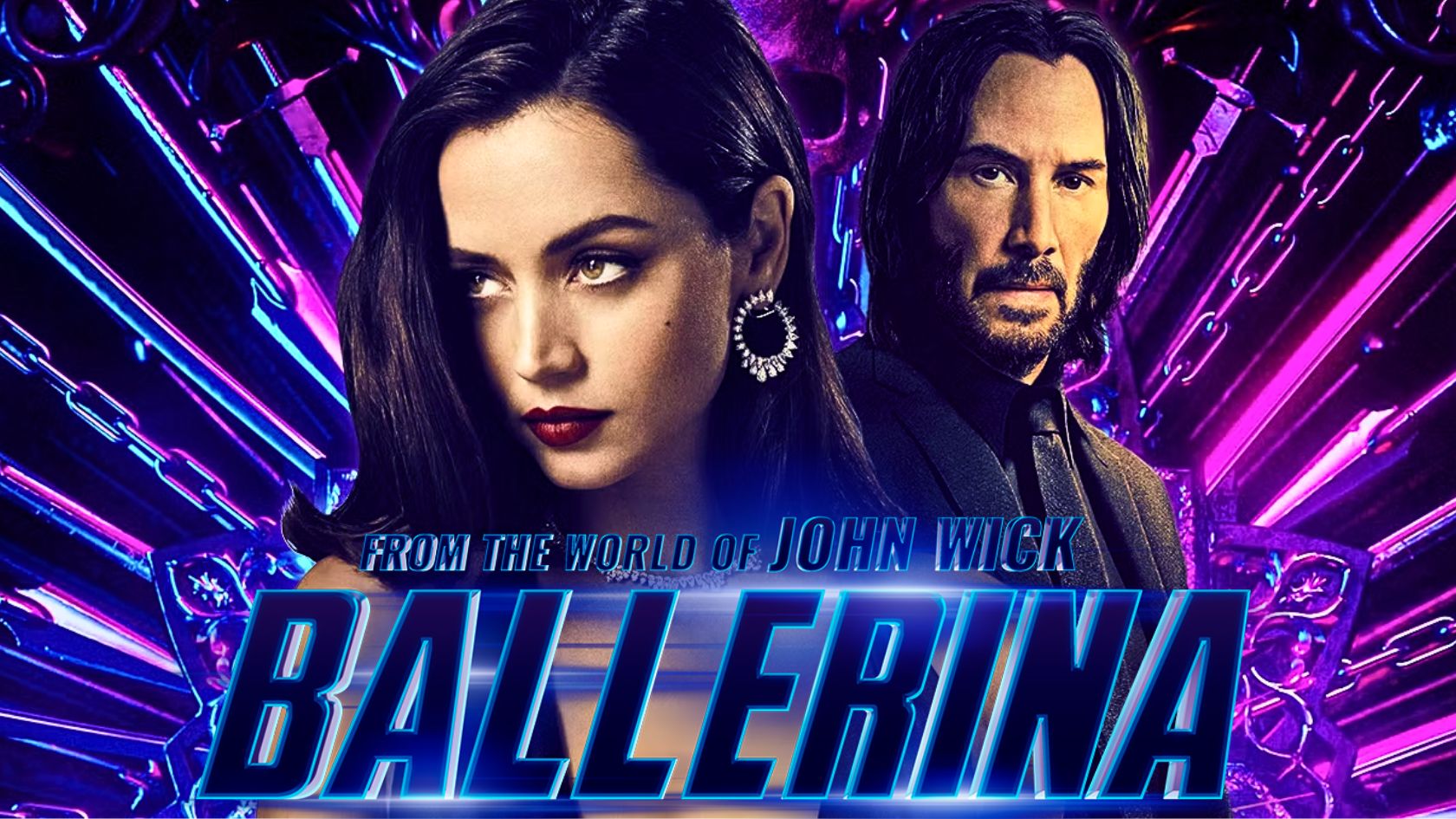
The Unbearable Weight of Legend: Franchise Expectations in the Golden Age and Beyond
The pressure on Ballerina mirrors a tension as old as Hollywood itself. During the Golden Age of Hollywood, studios like MGM, Warner Bros., and Paramount meticulously controlled every aspect of production, distribution, and exhibition, creating a vertically integrated dream factory. Films weren’t just entertainment; they were meticulously crafted escapism, especially potent during the Great Depression when “up to 80 million Americans went to the movies each week” seeking refuge from hardship
Audiences expected specific genres (musicals, gangster films, westerns), specific stars bound by long-term contracts, and a consistent product. Deviations were risky. Similarly, the John Wick universe has forged its own ironclad contract with its audience. Fans don’t just want action; they demand:
-
Action as Visceral Art: Not merely quantity, but impeccably staged, character-driven sequences. The “gun-fu” is iconic, but so is the environmental improvisation – using books, horses, or, as Ballerina promises, ballet itself as weapons. Every blow must carry weight, every shot must feel earned.
-
Lore Integrity: The Continental, the Markers, the Adjudicators – this intricate mythology is sacred ground. Spin-offs must expand this world logically, respecting established rules without creating frustrating plot holes. A misstep here feels like a betrayal.
-
Iconic Central Presence: Reeves’ Wick is a phenomenon – a largely silent force of nature, mythic yet vulnerable, driven by primal loss. A new lead needs equal screen magnetism and a motivation that resonates within this brutal, codified world. Simply being “female John Wick” was never going to cut it.
The Continental miniseries demonstrated the perils of failing to fully capture the main series’ alchemy, placing even greater scrutiny on Ballerina. Could director Len Wiseman and writer Shay Hatten honor the past while forging something new?
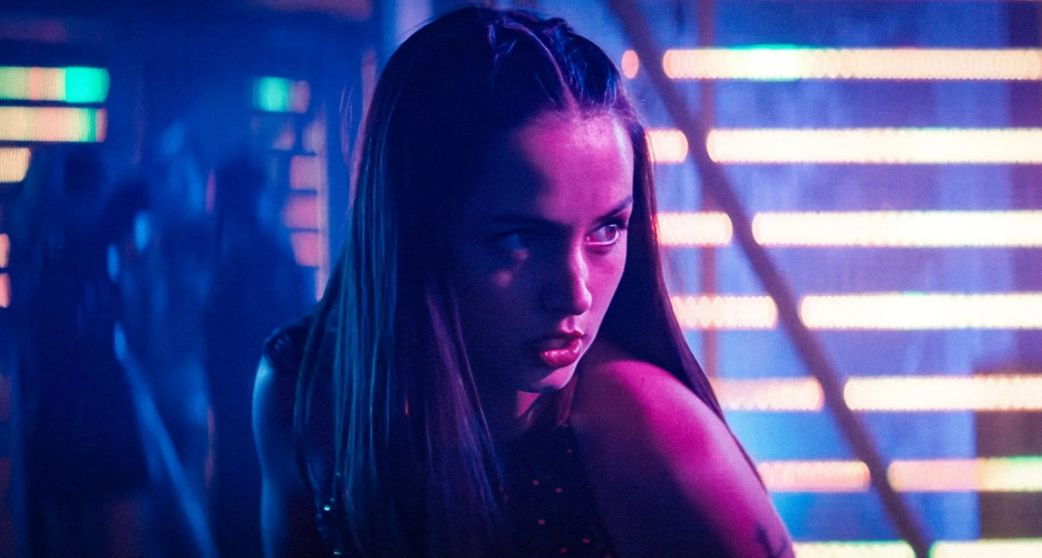
-
Roza’s Ascent: Ana de Armas and the Raw Power of Grief
From her first frame, haunted and driven, Ana de Armas doesn’t just play Roza; she inhabits her. Reviews praising her as the film’s “greatest asset” are absolutely justified. De Armas brings a fundamentally different energy to the assassin archetype. Where Wick is a seasoned force of nature, precise and weary, Roza is raw, feral desperation incarnate. Her fighting style, brilliantly highlighted within the film itself, acknowledges a brutal reality: “You will always be weaker, you will always be smaller…” This isn’t the smooth, efficient lethality of Wick; this is survival instinct made manifest – improvised, environment-heavy, and devastatingly physical. De Armas throws herself into the choreography with terrifying commitment. She gets hit, she stumbles, she uses anything at hand (flamethrowers, freezer doors, dinner plates), making her victories feel hard-won and utterly convincing
Beyond the physicality, de Armas grounds Roza’s revenge plot – targeting those who murdered her father – in palpable vulnerability and rage. There’s a tragic irony here: her father sacrificed everything to save her from this world of assassins and High Table politics, only for his death to plunge her back into its heart. Her journey isn’t about becoming mythic; it’s about becoming consumed, and de Armas makes every step of that descent compelling. She proves, beyond doubt, that she is a bona fide action star capable of anchoring a major franchise. Her performance alone justifies Ballerina‘s existence within the Wick-verse.
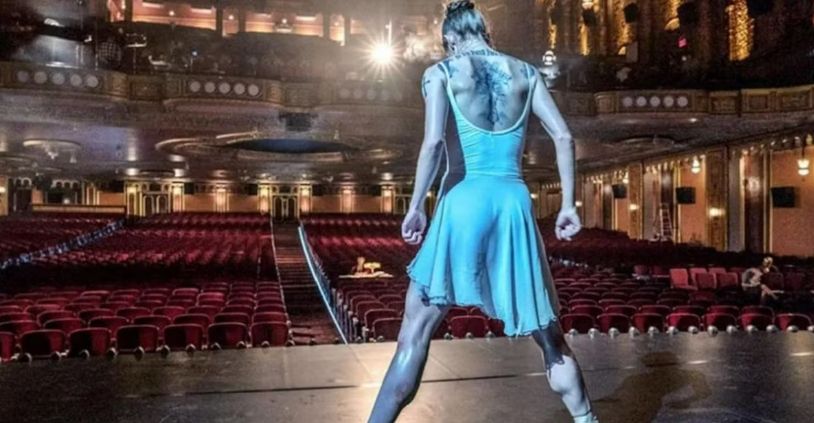
Action Evolution: Ballet of Bullets and the Spectacle of Carnage
This is where Ballerina silences most doubters. While the action takes a beat to find its full, confident stride, the film’s second half delivers a relentless onslaught of the gonzo, inventive set pieces fans demand. The film earns its stripes with sequences destined for franchise lore, embracing the Wick penchant for unexpected weaponry and darkly humorous carnage. A particular sequence involving a flamethrower and a desperate escape through a frozen landscape is both horrifying and perversely exhilarating. The action, especially in its climax, leans even more over-the-top than recent Wick entries. While this occasionally skirts the line into near-slapstick for some (particularly concerning the primary villainous faction, “The Chancellors”), the sheer audacity and energy of the choreography largely carry the day, offering a distinct flavour within the established aesthetic
The stunning backdrops – a gilded Prague Continental contrasting with a snow-swept, brutalist industrial complex – continue the franchise tradition of making locations dynamic characters in the violence. Roza’s movement, informed by her ballet training (though less explicitly weaponized than some trailers suggested), provides a fresh visual language. Her fights are less about smooth precision and more about relentless, adaptive fury – a different, captivating dance of death.

Narrative Stumbles: When Spectacle Overshadows Story
If there’s an area where Ballerina visibly strains under the pressure to deliver fan service and establish a new hero and expand the lore, it’s in the narrative. The plot, while functional, shows signs of being overstuffed, leading to an identity crisis in the first act. Is this an origin story? A straightforward revenge tale? A deep dive into a new faction (The Chancellors)? It tries to be all three simultaneously, resulting in a cluttered setup and some extraneous sequences before the core revenge drive kicks in.
The villains, led by Gabriel Byrne’s scenery-chewing Chancellor, suffer from underdevelopment. The film relies heavily on telling us how terrifying his cult is rather than consistently showing it in nuanced ways before the final confrontation. This risks making them feel somewhat thin and generic compared to Wick’s more iconic foes like Viggo Tarasov or the Adjudicator. The potential for exploring their ideology or structure is largely untapped.
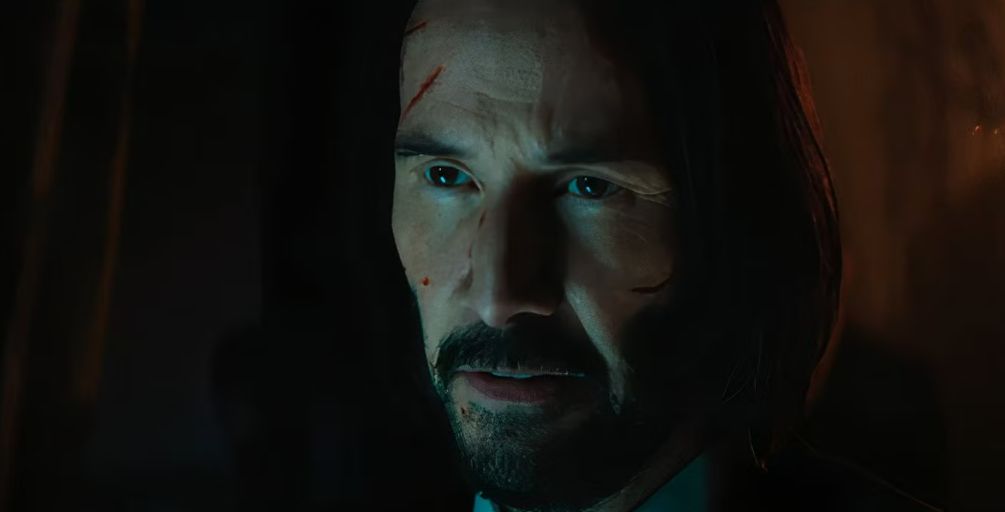
Keanu Reeves’ cameo as John Wick is, understandably, a major draw. His initial appearance feels slightly forced, a contractual obligation shoehorned in. However, a later scene delivers the electric thrill fans crave, seeing the legend back in action, if briefly. His presence underscores the film’s central tension: Ballerina both benefits immensely from the connection and fights valiantly to prove it doesn’t need him. His meta line about not wanting to “get in the way of Eve’s story” feels pointed, almost like the franchise acknowledging this delicate balancing act
Verdict: A Worthy, Bloody Waltz into the Future
So, does Ballerina meet those sky-high expectations? The answer is a resounding, blood-splattered “Yes” – though it bears a few minor bruises from the effort. It delivers the essential Wick DNA: stunning, creative action that pushes its lead to the limit, orchestrated with visceral flair. Crucially, it introduces a compelling new protagonist in Ana de Armas’ Roza, who is distinct, charismatic, and utterly believable within this world. She ensures the film is far more than a retread.
While the plot juggles too many balls early on and the villains lack depth, Ballerina succeeds in its core mission: proving the John Wick universe has legs beyond its founding icon. It expands the lore (sometimes messily), offers a fresh perspective (both visually and thematically, touching on protection, sanctuary, and the cost of vengeance alongside the rage), and, most importantly, leaves audiences eager to see where Roza’s bloody path leads next.
The expectations were Herculean, perhaps impossibly so. Ballerina doesn’t dethrone the pinnacle of the main series (Chapter 3 or *4* for many), but it lands a powerful spin-kick to the jaw of skepticism. It’s a violent, stylish, and ultimately successful expansion, proving that with the right star at the helm and respect for the franchise’s brutal fundamentals, there’s plenty of life – and spectacularly inventive death – left in this beloved, neon-drenched underworld. The dance floor, thankfully, remains defiantly open, and a formidable new star has taken her place in the spotlight.

